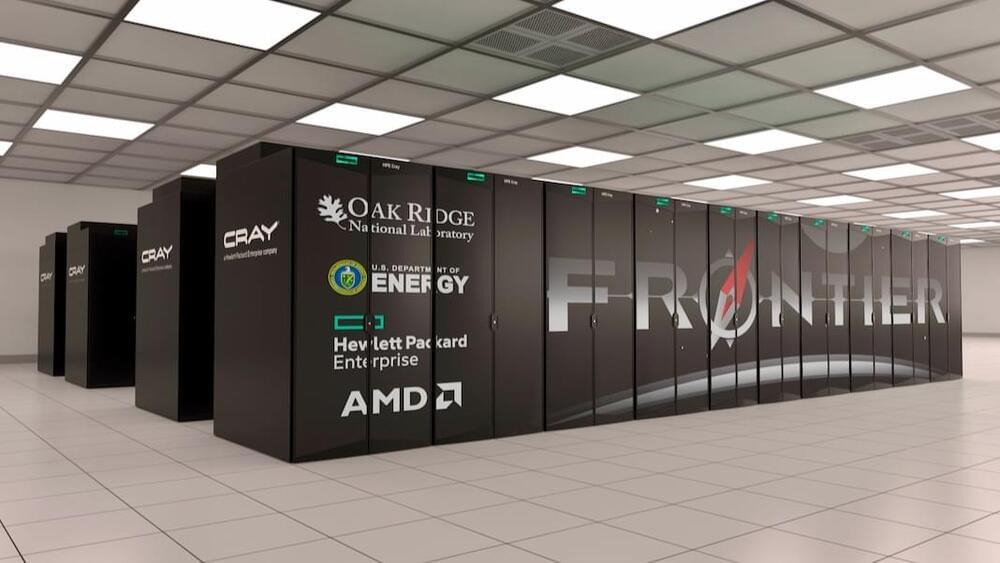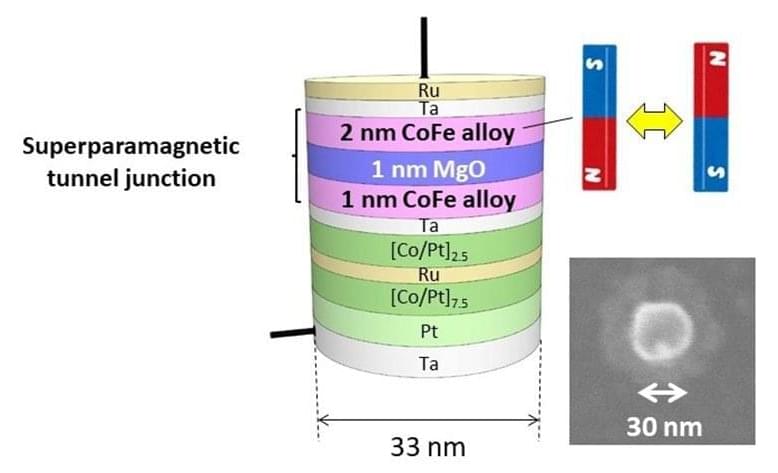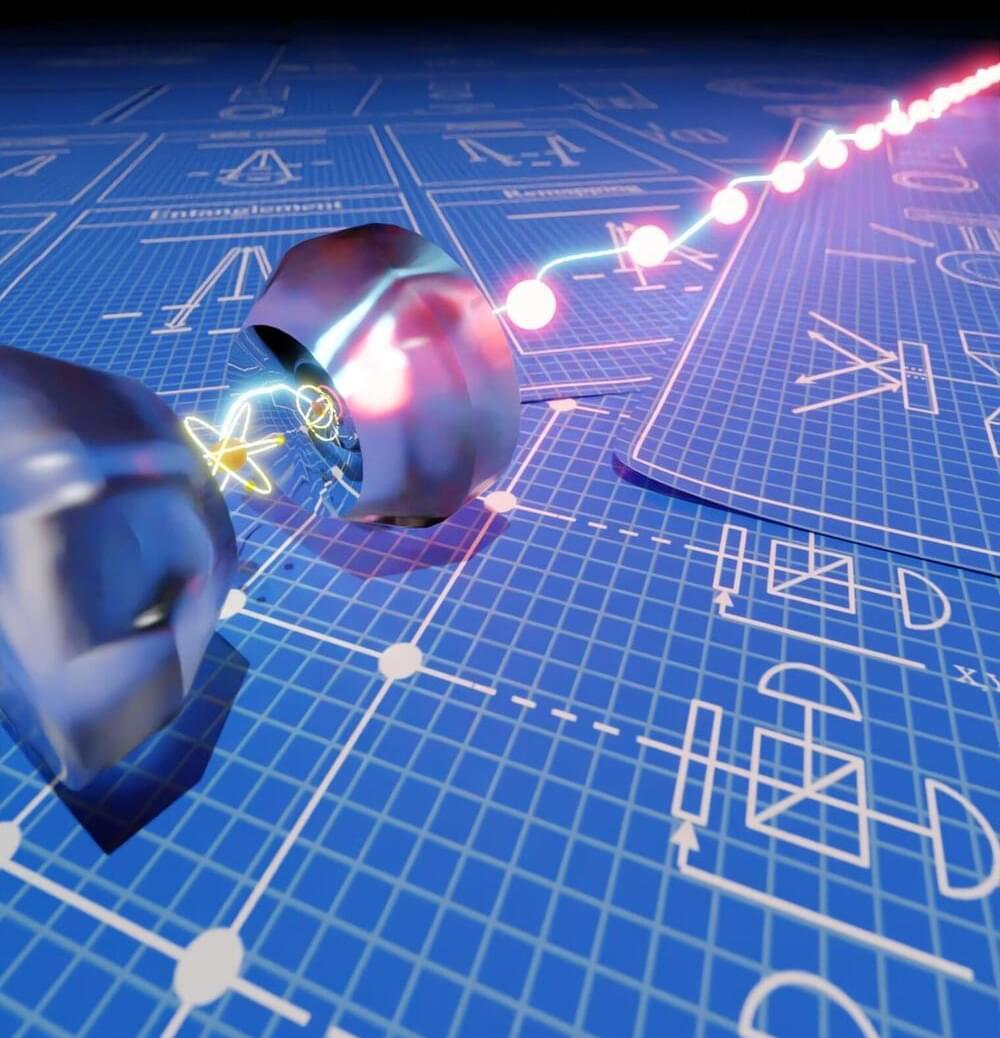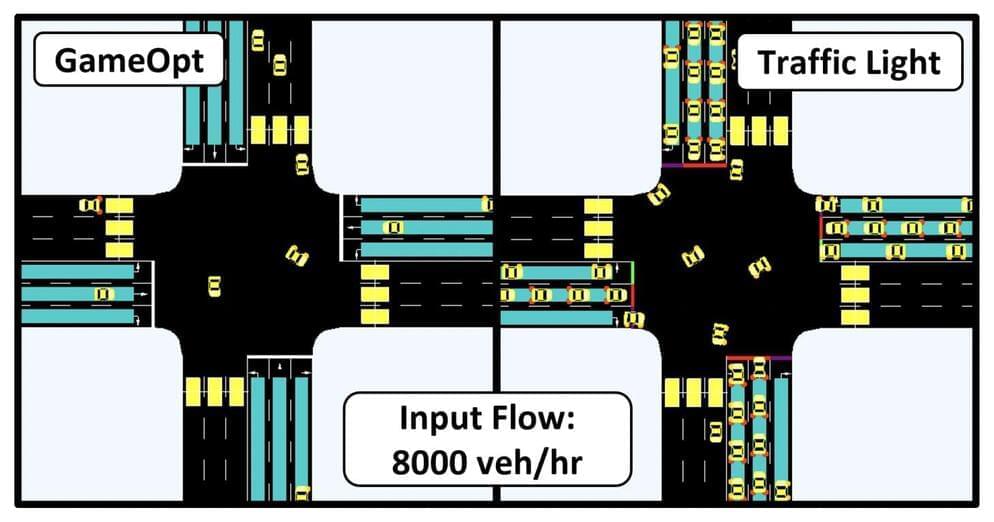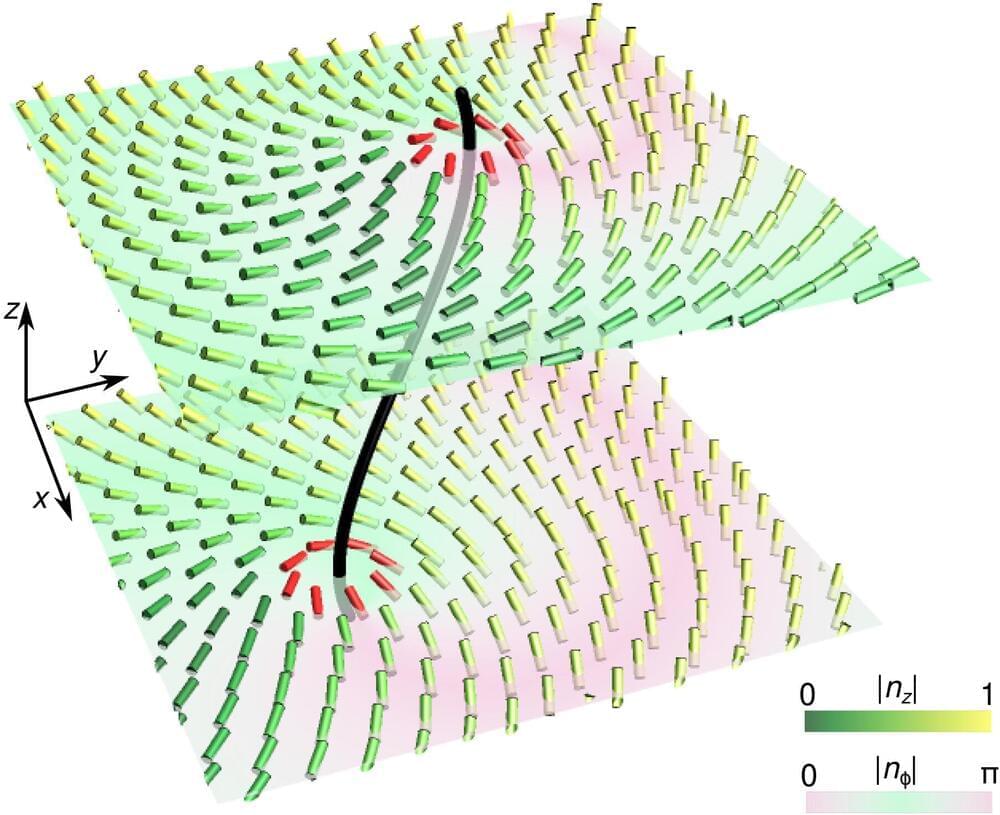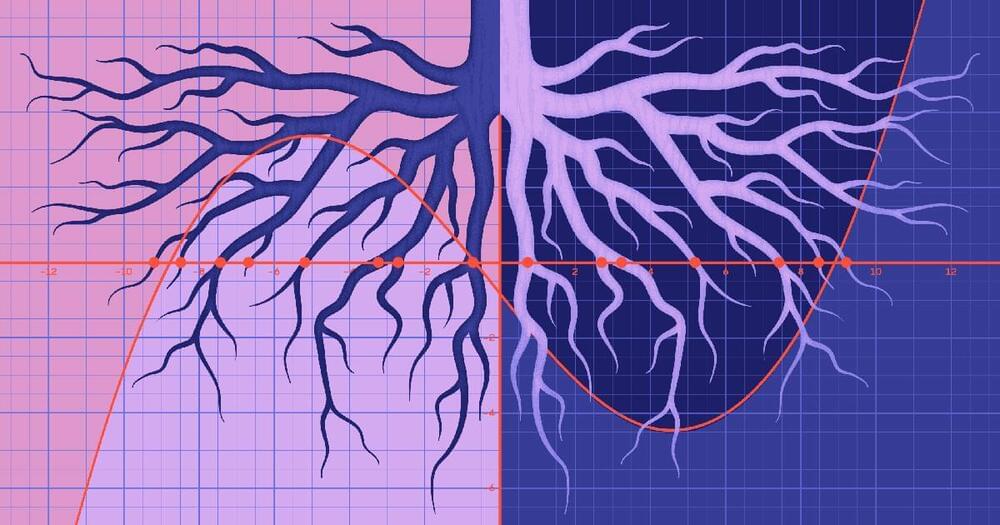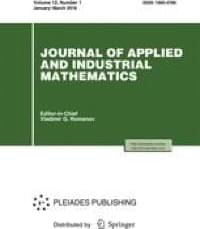Today, Oak Ridge National Laboratory’s Frontier supercomputer was crowned fastest on the planet in the semiannual Top500 list. Frontier more than doubled the speed of the last titleholder, Japan’s Fugaku supercomputer, and is the first to officially clock speeds over a quintillion calculations a second—a milestone computing has pursued for 14 years.
That’s a big number. So before we go on, it’s worth putting into more human terms.
Imagine giving all 7.9 billion people on the planet a pencil and a list of simple arithmetic or multiplication problems. Now, ask everyone to solve one problem per second for four and half years. By marshaling the math skills of the Earth’s population for a half-decade, you’ve now solved over a quintillion problems.
